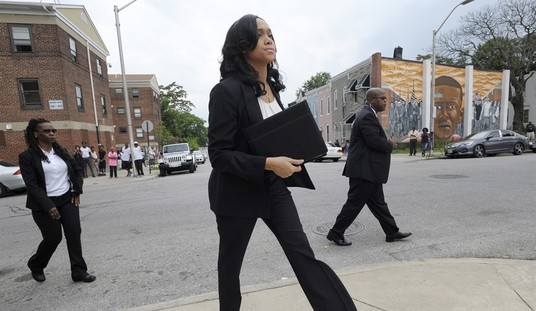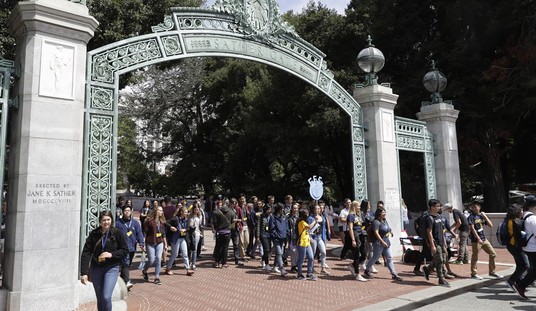After six years of divided government under Barack Obama, who’d have guessed that voters would want a change? Gallup polls on this question go back fifteen years, and the result this week shows the biggest gap in the series between support for divided government and single-party control. We want it all, baby:

One in five Americans believe it is best for the president to be from one political party and for Congress to be controlled by another, the lowest level of public support for divided government in Gallup’s 15-year trend. The remainder are evenly divided between those who favor one party controlling both the presidency and Congress (36%) and those saying it makes no difference how political power is allocated (36%).
Americans’ current preference for one party controlling both the presidency and Congress is near the record high of 38% from four years ago. That fits with a pattern of heightened support for single-party control seen in the past two presidential election years. In 2004, the preferences were more evenly divided. These results are based on Gallup’s annual Governance poll, conducted Sept. 7-11.
It’s worth noting that this pattern appears every four years, which is hardly coincidental. Single-party control always sounds good in a presidential election year, as partisans make their bids to bring that dream to fruition. The 36% level isn’t a record, but the 20% who see value in divided government and forced compromise is a new low. Perhaps that comes from seeing just how much compromise and consensus results from that, to which we’ll return in a moment.
First, though, the partisan breakdowns in this poll are fascinating. It’s not surprising to see Republicans, who control the House and Senate at the moment, at their most enthusiastic in eight years, preferring single-party control 42/19. (Why they were so enthusiastic in 2008 — 46/21 — is a mystery.) But it’s odd to see Democrats, who have no chance of taking control of the House, embracing one-party control at 40/14, even if it’s down from 2012’s 49/13. Even more strange, independents now narrowly favor single-party governance, 28/27, and 38% believe it makes no difference. If that’s the case, why not join one of the two sides?
In my column for The Fiscal Times, I argue that this is a predictable result of the gridlock that has gripped Washington DC, and voter frustration over it. But perhaps those voters should be careful what they wish for, too:
History shows voters tend to favor divided government as well. Since the election of Richard Nixon, only six of 24 Congressional sessions have been part of single-party governance, four of which were controlled by Democrats. Divided government has been the norm, not the exception.
That norm could well be the problem, because voters don’t see the result as a “norm” at all. Polls show increasing numbers of Americans saying that the country is going in the wrong direction, and frustration with Congress growing. Theoretically, divided government should produce compromise on basic issues such as budgets and regulation. Instead, voters have seen deadlock and shutdowns that produce no progress at all for either side. …
However, single-party governance has proven politically unsustainable — and for a clear reason. Parties that achieve that control have used it for their own ends, rather than those of their constituents. The most recent four-year period of GOP total control ended in lobbyist-related scandals and conservative anger over bloated budgets.
The most recent two-year period of Democratic total control resulted in almost nothing except the passage of a bloated and pork-ridden stimulus bill, and the even-then-unpopular Obamacare system. The latter may have been a short-term victory, but it turned into such a long-term albatross that it may well prevent them from winning what should be an easy victory for Senate control in November. It’s certainly what cost them Senate control in 2014.
Political parties. You can’t live with them alone, and they can’t live with each other either. In other words, nothing boosts the desire for divided government than single-party control, and vice versa, as we see now.
Perhaps this impulse might help Donald Trump in the short run, although that’s arguable. The next party that actually works on a popular agenda while having full control of Washington could make themselves indispensable for a generation, but don’t count on a lack of accountability and checks to have outcomes much different from the last few examples.







Join the conversation as a VIP Member